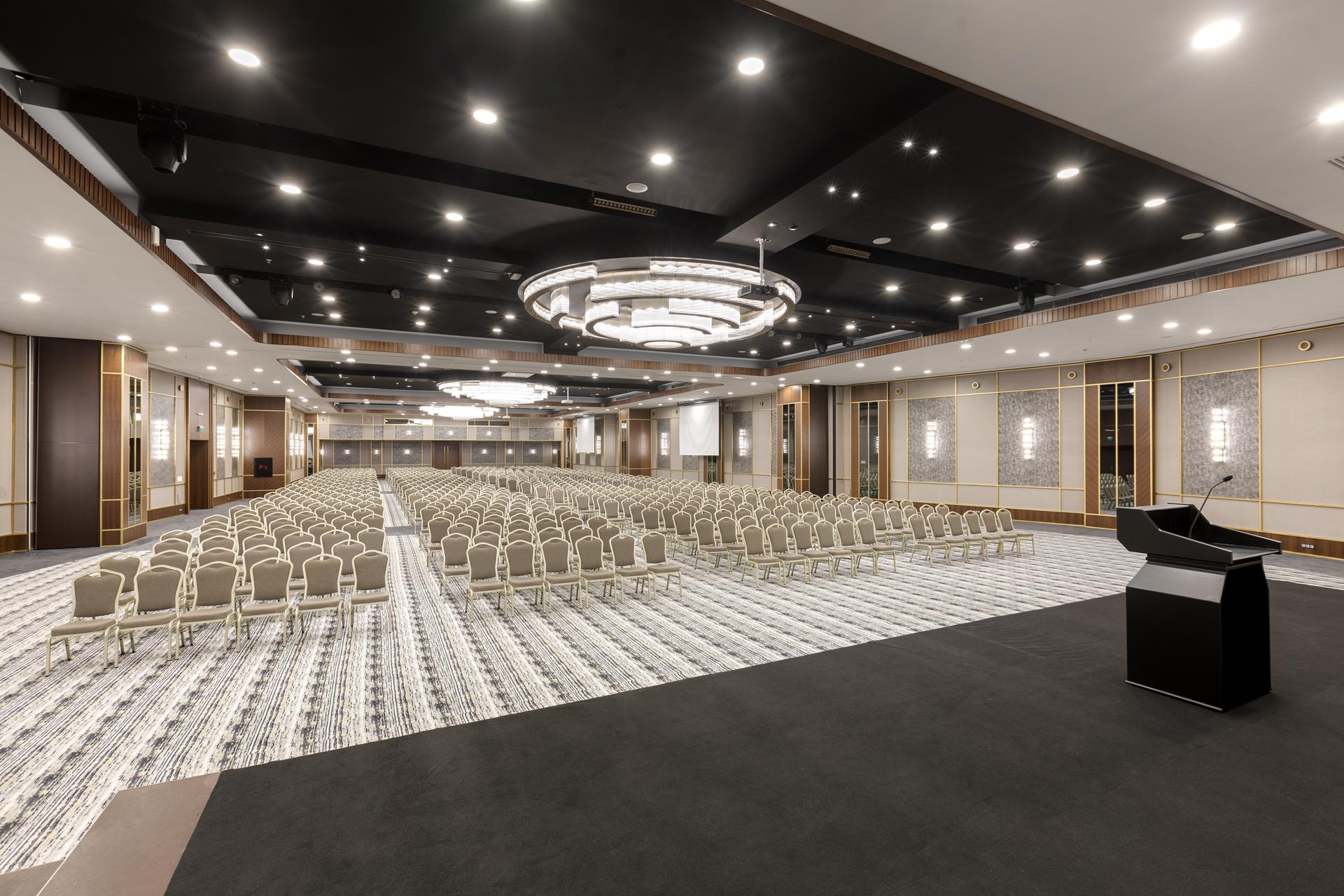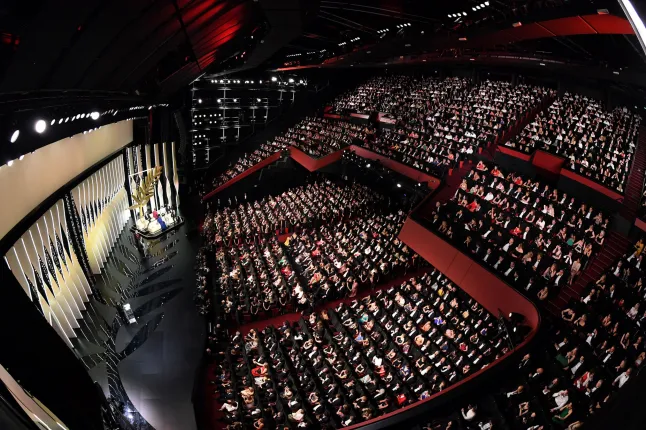When planning a meeting or public speaking event, most of us focus on the content, slides, and delivery style. But what about the room arrangement? The way you set up tables and chairs form an essential part of the atmosphere you create. It affects not only how you engage with your audience but also how they interact with one another.
Is your setup encouraging open dialogue and participation, or does it convey a more formal, authoritative tone? A poorly arranged room can generate unnecessary tension or stifle conversation, while the right layout can foster collaboration, comfort, and focus.
The Impact of Room Arrangement
Think of the room as your stage. Just like how a theatre’s layout affects the audience’s experience, your room setup influences the dynamics of your presentation or meeting. For example, are you standing behind a lectern on a raised platform, creating a power dynamic where you are the focal point? Or are you seated in a circle, encouraging a sense of equality and open communication?
The room arrangement should align with the goals of your session and the type of interaction you wish to foster.
I recall a time when I was invited to lead a workshop on handling interpersonal conflict. The host had arranged twenty chairs in a tight circle—perfect for open dialogue, right? Except for one small issue: the participants didn’t particularly like each other. This arrangement, which forced everyone into direct face-to-face contact, increased the tension and made the atmosphere uncomfortable before we even began. Recognizing the problem, I suggested we rearrange the chairs to create more personal space, and the tension quickly dissipated.
The room setup mattered more than anyone initially realized.
Tips for Effective Room Arrangements
Here are some key factors to consider when deciding on the best room arrangement for your next talk or meeting.
1. Decide on the Atmosphere You Want to Foster
First, think about the tone of your session. What kind of atmosphere are you aiming for?
- Formal vs. Informal: Do you want the meeting to feel formal and structured or relaxed and conversational? For formal presentations, traditional rows or auditorium-style seating might work best, while a more casual setup might benefit from small group clusters or a semicircle.
- Peer vs. Authoritative Relationship with the Audience: Are you looking to engage as equals with your audience, or do you want to establish yourself as the authority? In a peer relationship, you might opt for a circle or U-shape where everyone can see each other. If you prefer a more authoritative stance, a lectern at the front of the room works well.
- Group Interaction: Does your session call for maximum interaction among attendees, or is it more focused on the information you’re presenting? If high interaction is your goal, smaller group arrangements (such as round tables) allow for better communication. For minimal interaction, rows of seats facing forward work best.
- Emphasis on Information vs. Emphasis on Feelings: In more technical presentations where content and details are key, a classroom or boardroom-style setup might be appropriate. If you’re leading a workshop or session that focuses on emotions, discussions, or team building, opt for a setup that brings people into closer proximity, but without the intensity of a full circle, as seen in my earlier example.
2. Be Flexible with the Space You Have
Sometimes, you don’t have much say in how the room is equipped or laid out. In cases where you don’t have complete control, work within the room’s limitations. You may be dealing with heavy furniture or desks that can’t be moved easily, but you can still adjust elements like spacing or seating positions to suit your needs. Consider ways to shift chairs or create mini spaces that better align with your goals.
3. Take Advantage of Carte Blanche (If You Have It)
When you have full control over the room’s setup, think ahead and plan for the best possible environment. Here are some additional things to keep in mind:
- Room Size: Make sure the size of the room matches the size of the group. Too large a room can feel cold and impersonal, while a space that’s too small may feel cramped and uncomfortable.
- Table Surfaces: If your participants need to take notes, standard tables and chairs are far more comfortable than those chair-desk hybrids often found in classrooms. Provide your audience with the tools they need to stay engaged.
- Your Own Needs: Do you need a lectern for your notes or props? A table for visual aids? Ensure the room can accommodate any materials or equipment you’ll need during your talk. Always arrive early to test the setup and make any last-minute adjustments.
Final Thoughts: Enjoy Your Ideal Setup
The right room arrangement sets the stage for a successful meeting or talk. By thoughtfully considering how you want your space to look and feel, you can ensure the atmosphere is conducive to your goals. Whether you’re aiming for deep interaction or focused attention, make the setup work for you — and your audience will appreciate it too.
So, next time you’re planning an event, take a moment to think about the space. With the perfect room arrangement, you’re not just delivering content—you’re shaping an experience.







